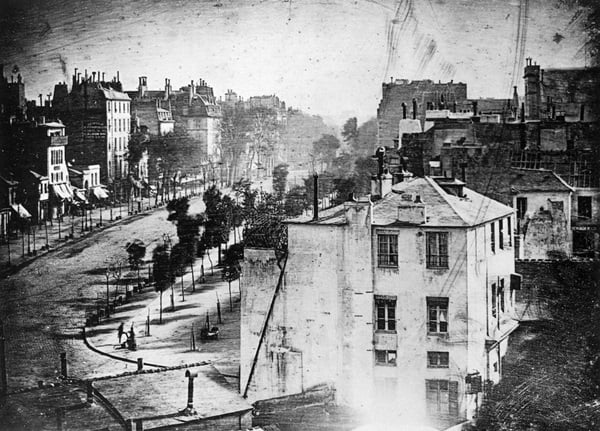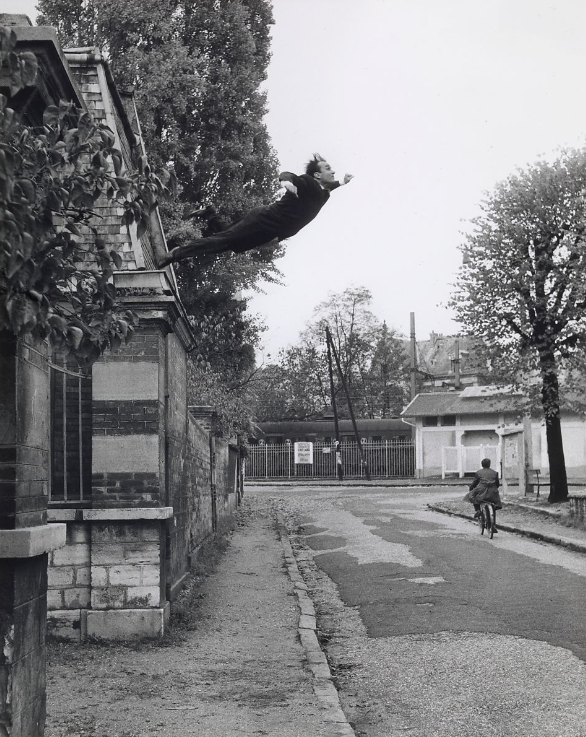Definition of Photography:
Photography is the art, application, and practice of creating durable images by recording light, either electronically by means of an image sensor, or chemically by means of a light-sensitive material such as photographic film.
The word photography literally means ‘drawing with light’. The word was supposedly first created by the British scientist Sir John Herschel in 1839 from the Greek words phos, (genitive: phōtós) meaning “light”, and graphê meaning “drawing or writing”.
‘Photographs confuse as much as fascinate, conceal as much as reveal, distract as much as compel. They are unpredictable communicators.’
-David Campany
Photography has always been something that can be left to interpretation and each photograph has a sense of symbolism behind it. And although many people see photos as captures of specific moments- keeping them still, photographs and photography are constantly changing and moving. The technology is one aspect of photography that is constantly changing; and although no one can agree whether it is for the better or the worst, each decade that photography has been around for has been completely different from the last.

Furthermore, photographs are very versatile, moving over time, into different cultures and between different contexts. Even the oldest photographs gain new understandings and interpretations to this day, as well as losing some that it had before.

In his book, Campany wrote the line ‘Photographs confuse as much as fascinate, conceal as much as reveal, distract as much as compel. They are unpredictable communicators’ which in my opinion describes photography perfectly. Most photos will have a deeper meaning than we think and looking at it more and more may cause us to slowly discover it.
I think the main purpose of that quote is to show how photography can be interpreted in many ways, and he tried to explain this by using contrasting words. The photo fascinates us, seeming so simple but slowly uncovering its true meaning to us. However, this could seem confusing to us, as at first it just seemed like a ‘normal’ picture- simply a still image of a captured moment but once we look at it again it clearly has another meaning to it. moreover, every photo always reveals something very clearly- capturing an object, person or place in its frame. But on the other hand, it hides the true purpose or meaning the photograph has- the hidden story behind the photo being something we must search for ourselves.

Photography can also distract it’s viewer- distracting them from the truth by portraying something in an untrue way. However, other times it can compel the viewer, causing them to see something in a certain way which causes them to act. There has never been a fine line between these two- as a image can distract and compel at the same time by showing something untrue that results in the viewers reaction- distracting them from the real problem. The final line ‘They are unpredictable communicators’, portrays photographs as things that are more developed than any language in the world- being able to communicate something to anyone that sees them. They are unpredictable as there is no telling what someone will take from a photo- each person may see it differently.

Lastly, most photographers aren’t taken under consideration when their photo is evaluated. This commonly results in the photograph’s meaning to be distorted, as the photographer always has a lot to do with their photos.
On-Photographs_D.Campany_2020 – Link to Campany’s introduction that I used to write my essay

Photos can also be easily manipulated to create a completely different image. Images can either be staged or documentary- staged photos twisting reality to suit the idea the artist wants to portray. The photo above was taken by Yves Klein in 1960, showing him jumping off a building, the photo not showing any indication of him being caught. This is an image that confuses and fascinates the viewer- proving David Campany’s quote to be accurate. Klein managed to create this image by merging to images together- seamlessly conjoining them to cause the image to look real and like ‘documentary’ photo instead of staged. In one photo, he jumped off the building while some of his friends held out a tarp to catch him. Another picture was taken of just the place, allowing Klein to use the bottom half of that photo instead of the original one with the tarp- creating this fascinating and quite dramatic image. This photograph shows how easy it is to twist the truth, even in the 1960s.
This also indicates that taken the photographer and their life into consideration is very important if you want to know the truth about a photo. To further prove to the public that he was capable of flight, Klein distributed a fake broadsheet at Parisian newsstands commemorating the event.


